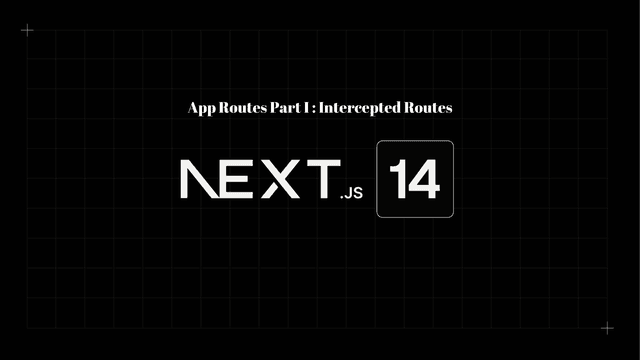Swift Boilerplates: The Essential Foundation for Fast and Scalable iOS Apps

Building a successful iOS app from scratch can feel overwhelming, especially when you’re balancing tight deadlines and the need to deliver a polished product. As an iOS developer, you’ve likely faced the challenge of starting a project from the ground up — designing your architecture, implementing core features like user authentication, and ensuring smooth, scalable functionality across devices. The truth is, building apps for the competitive iOS market isn’t just about writing clean code. It’s about efficiency, flexibility, and speed in execution.
Why Building iOS Apps Is Harder Than It Looks
Building a robust app requires more than just writing a few lines of Swift code. It’s about combining multiple components seamlessly: user authentication, secure data storage, responsive UI design, and the integration of APIs — all while keeping things scalable for future updates and growth. With so much complexity, it’s easy to feel stuck or overwhelmed, especially when you’re trying to innovate while meeting the high expectations of today’s app users.
On top of that, new iOS developers often face a steep learning curve. For instance, implementing a secure authentication flow or building a reliable e-commerce platform that integrates well with your backend can take weeks of trial and error. Factor in error handling, testing, and deployment, and suddenly, your app’s launch feels like a distant goal. All of this adds to the pressure of getting an app ready for the competitive App Store environment, where first impressions count, and functionality is key.
Swift Boilerplates: A Time-Saving Solution
This is where Swift boilerplates come into play. Rather than reinventing the wheel, you can start your project with a pre-configured foundation that already includes core features such as authentication, data management, and UI elements. With Swift boilerplates, you can skip the setup headaches and focus on the unique aspects of your app that will set it apart in the market.
For instance, with a SwiftUI authentication boilerplate, you can integrate features like secure login, registration, and social media authentication right away. You don’t need to worry about building the authentication flow from scratch — it’s already done for you. This allows you to focus your time on building the custom functionality and user experience that aligns with your brand.
For e-commerce apps, a SwiftUI e-commerce boilerplate gives you a pre-built shopping cart, product listings, checkout functionality, and order management system. All you need to do is integrate your own product database and payment gateway. Instead of spending countless hours on basic functionality, you can focus on differentiating your app with special features or polished UI elements that enhance the user experience.
Ready-to-Use Features That Can Boost Your App
With a Swift boilerplate, you’re not just starting with a blank canvas — you’re working with a toolkit designed for efficiency and scalability. Key features include:
• Pre-configured user authentication (JWT, OAuth, social logins)
• Reusable UI components for faster development
• Modular architecture for easier maintenance
• Integrated API modules for handling common tasks like data fetching and error handling
• Support for i18n and localization to reach a global audience
• Testing tools built-in to ensure your app is reliable from day one
By using a boilerplate, you’re essentially leveraging years of best practices and development expertise without needing to build everything from scratch. It’s a faster, smarter approach to building production-ready apps, which ultimately helps you reduce time-to-market.
Speed to Market: A Critical Advantage
The reality is, launching an app is just the beginning. Once your app is live, it’s crucial to iterate quickly and adapt based on user feedback. Swift boilerplates give you the flexibility to develop new features faster while maintaining a solid foundation. With a streamlined development process, you can quickly roll out updates, add new functionalities, and refine your user experience without worrying about breaking existing features.
Not only does this allow you to ship apps faster, but it also enables you to focus on what really matters — creating a unique experience that meets the needs of your target users.
How Swift Boilerplates Can Help You Stand Out
In today’s app marketplace, competition is fierce. To stand out, your app needs to offer a seamless experience that works well across devices, offers intuitive navigation, and integrates securely with back-end systems. By starting with a boilerplate, you give yourself a head start in terms of stability and performance.
In the context of e-commerce or SaaS apps, a solid boilerplate can allow you to quickly implement features like product searches, cart systems, and secure checkout processes. These elements are critical for gaining trust with your users. By focusing on refining these features and tailoring them to your unique business model, you can quickly carve out a place for your app in the marketplace.
Why You Should Invest in a Swift Boilerplate
In short, Swift boilerplates save you time, help you avoid common pitfalls, and provide a solid foundation for building scalable iOS apps. Whether you’re building a new SaaS platform, an e-commerce site, or a mobile app with secure authentication, a boilerplate offers a proven starting point for success. Instead of wasting precious time on repetitive tasks, focus on creating the features that will set your app apart — and let the boilerplate handle the rest.
So, if you’re ready to skip the startup headaches and get your app to market faster, check out [e-commerce boilerplates] and [authentication boilerplates] to get started today. Let your app shine by building on a foundation that’s proven to work.

